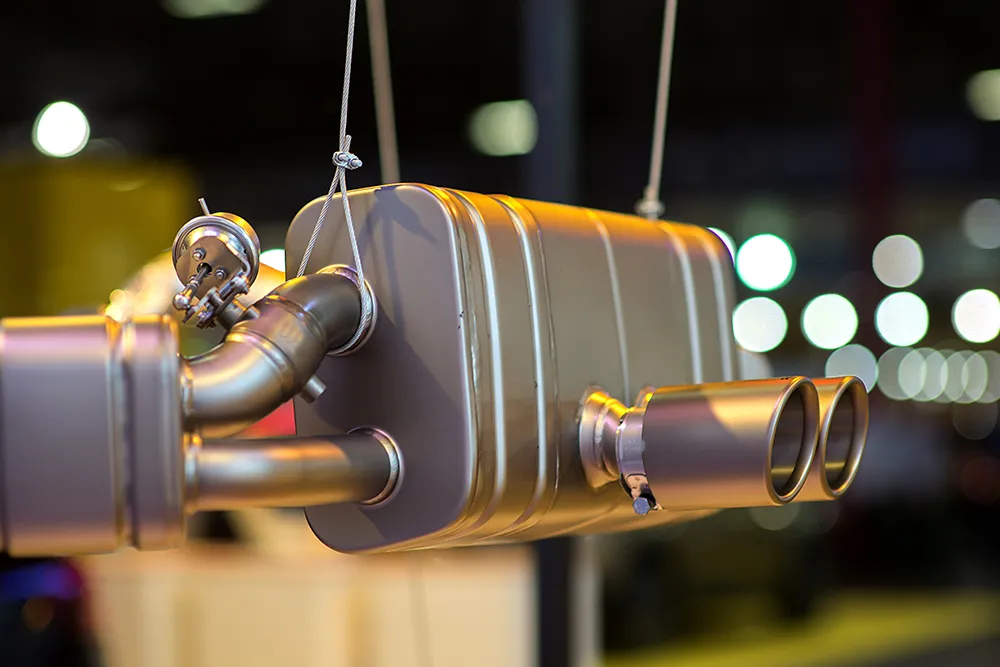A catalytic converter is an essential part of any car’s exhaust system, aiding in reducing emissions. Unfortunately, catalytic converters can malfunction and require repair. This guide will provide you with the basics of catalytic converter repair.
What Causes Catalytic Converter Malfunction?
The most common cause for a catalytic converter to malfunction is a blockage in its core caused by an accumulation of soot or ash. This blockage can prevent the exhaust from flowing properly and cause damage to other components in the car’s exhaust system. Therefore, catching these problems early is essential as they can lead to costly repairs if left unchecked.
Diagnosing a Faulty Catalytic Converter
The only way to accurately diagnose a faulty catalytic converter is through an inspection by a qualified mechanic. They will use specialized equipment such as an oxygen sensor or engine scanner to determine if any underlying issues are causing the problem. If they find something wrong, they will be able to advise you on what needs to be done next to fix it.
Catalytic Converter Repair Process
Once your mechanic has identified that there is indeed a problem with your catalytic converter, they will begin the process of repairing it. This typically involves removing the faulty part and replacing it with a new one that meets all safety and efficiency standards set forth by your vehicle’s manufacturer. Once this is done, they may also recommend additional servicing, such as replacing spark plugs, air filters, or fuel injectors if necessary.
Properly functioning catalytic converters ensure that your car runs smoothly and safely. If you suspect that yours may be faulty, get it inspected as soon as possible by a qualified mechanic; any potential issues can be caught and addressed early before they become more serious (and expensive) problems down the line. With regular maintenance, your car’s catalytic converter should continue running at its peak performance for years to come!

